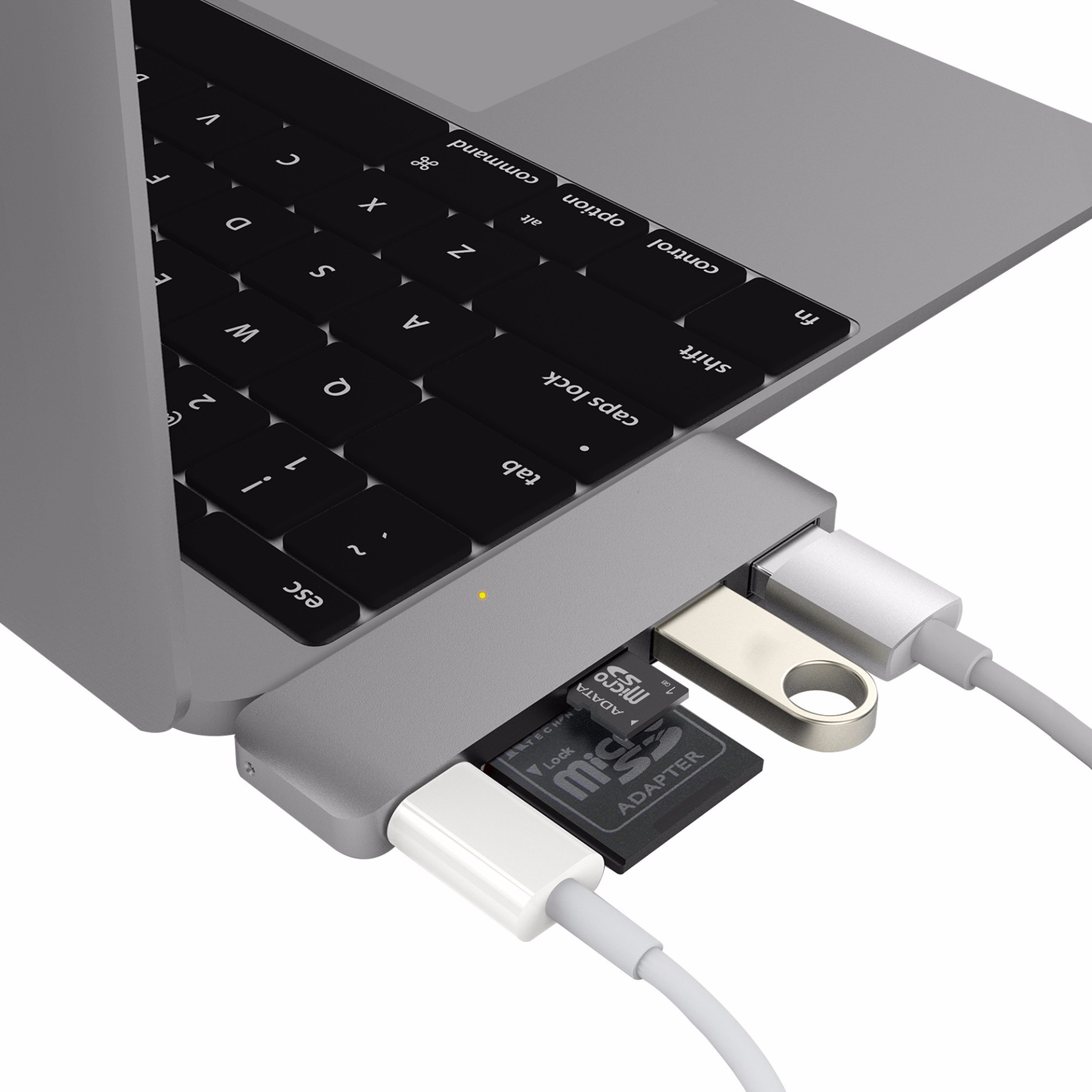

- #How to connect thunderbolt 2 hard drive to usb c serial
- #How to connect thunderbolt 2 hard drive to usb c pro
Thunderbolt controllers multiplex one or more individual data lanes from connected PCIe and DisplayPort devices for transmission via two duplex Thunderbolt lanes, then de-multiplex them for use by PCIe and DisplayPort devices on the other end.
#How to connect thunderbolt 2 hard drive to usb c pro
Thunderbolt 2 port on MacBook Pro with Retina display. Thunderbolt 1 and 2 use the same connector as Mini DisplayPort (MDP), whereas Thunderbolt 3 and 4 reuse the USB-C connector from USB. Up to six peripherals may be supported by one connector through various topologies.
#How to connect thunderbolt 2 hard drive to usb c serial
Thunderbolt combines PCI Express (PCIe) and DisplayPort (DP) into two serial signals, and additionally provides DC power, all in one cable.

It was initially marketed under the name Light Peak, and first sold as part of an end-user product on 24 February 2011. It has been developed by Intel, in collaboration with Apple. Thunderbolt is the brand name of a hardware interface for the connection of external peripherals to a computer. HS1TX(P) of the source is connected to HS1RX(P) of the sink. The cable is actually a crossover cable, it swaps all receive and transmit lanes e.g. This is the pinout for both sides of the connector, source side and sink side. Thunderbolt 4: 4× PCI Express 3.0, DisplayPort 2.0, USB4 Thunderbolt 3: 4× PCI Express 3.0, DisplayPort 1.2 (2 streams), USB 3.1 gen.

Thunderbolt 2: 4× PCI Express 2.0, DisplayPort 1.2 Thunderbolt 1: 4× PCI Express 2.0, DisplayPort 1.1a Thunderbolt 3: 40 Gbit/s bidirectional, 80 Gbit/s one way Thunderbolt 1: 2 channels, 10 Gbit/s each (20 Gbit/s in total)

Transferring data to your USB 3.1 gen 2 external drive? Buy a USB 3.1 gen 2 cable rated for 10Gbps.Connecting a Thunderbolt display? Buy an active Thunderbolt 3 cable rated for 40Gbps, with enough length to position it where you want it.If in doubt, look at what you will be using your cable for. The industry has done little to ease the head-scratching that comes with deciphering which peripheral you need. Thunderbolt 3 or Not: What's Best for My Needs? They aren't always compatible with the USB 3.1 gen 2 standard, especially if they're longer than around 1.5 feet. Thunderbolt 3 cables are generally more expensive, since they have more technology inside them. Check out our roundup of the best USB-C cables. However, because USB-C cables are passive and not active, they are no replacement for Thunderbolt 3 cables. USB-C cables will have some limited Thunderbolt compatibility, and transfer speeds may even exceed those of USB 3.1. USB is fully backwards compatible, and you can even use USB-C with the traditional USB-A connector if you buy an adapter. The thicker (5A) cables will carry a higher voltage and allow you to charge more power-hungry devices. USB-C cables come in a variety of speeds and configurations.


 0 kommentar(er)
0 kommentar(er)
